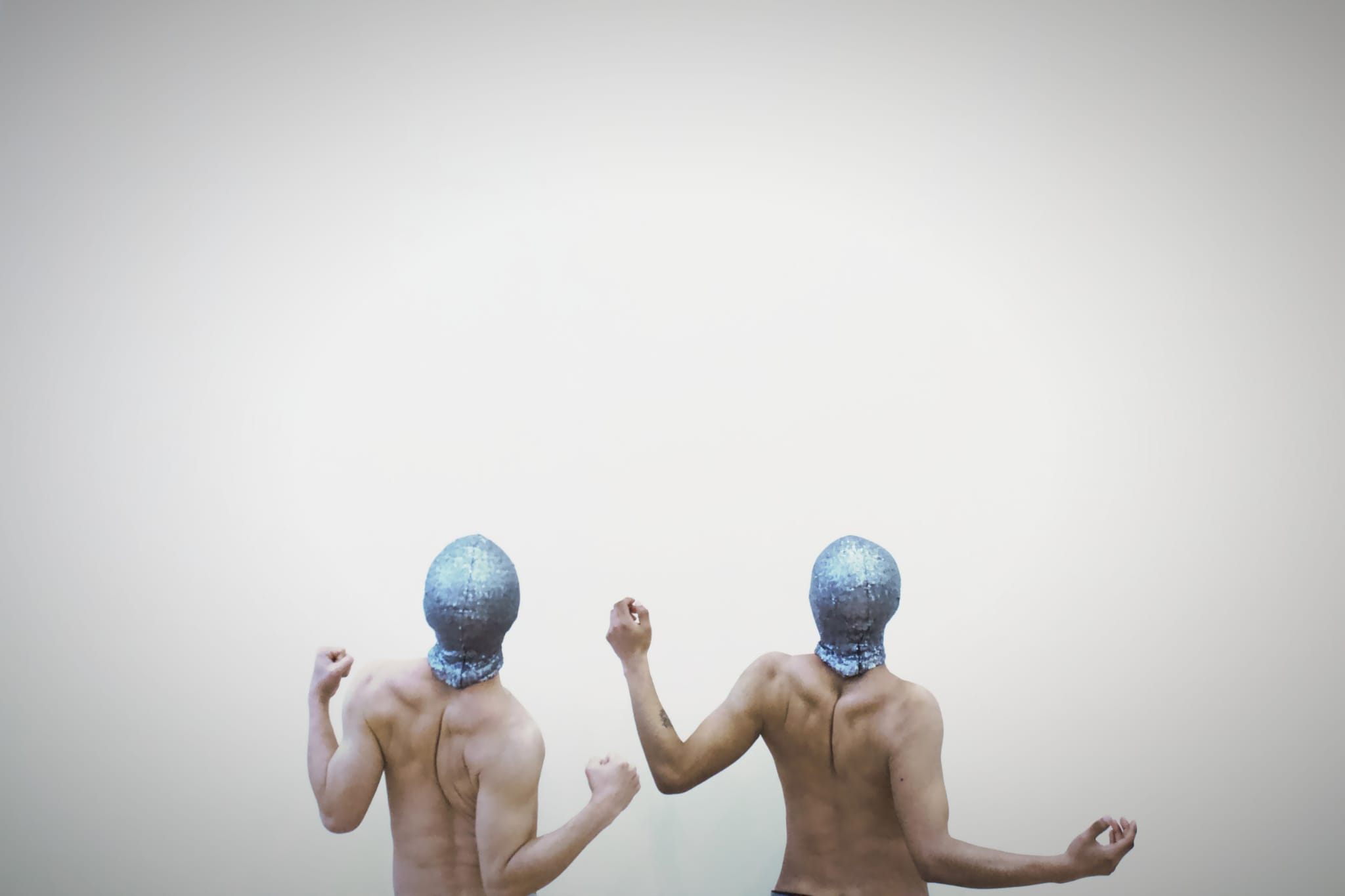
MAYA
World premiere - D.R. CONGO - APRIL 2025
SHOWS:
– first studio presentation at the Crystal Hall Taj Samudra of Colombo, Sri Lanka, 2024
– International Dance Festival ME YA BE, Institut Francais de Kinshasa, D.R. Congo, 2025
– Wallonie Bruxelles de Kinshasa, D.R. Congo, 2025
Tour 2025-26:
– next dates confirmed in Australia 2026.
The piece has been commissioned by the Italian Embassy of Colombo, Sri Lanka, in collaboration with EurAsia Partner DANCEHAUSpiú´ of Milan, Italy. The first studio, as a solo version called BINDUBOOND, premiered in Sri Lanka supported by the Italian Embassy of Colombo and by EurAsia Partner MeshGround – A Platform for Movement Arts, in Sri Lanka. The duet and the final version of MAYA has been commissioned by the Italian Embassy of Kinshasa, D.R. Congo, in collaboration with EurAsia Partner DANCEHAUSpiú of Milan, Italy.
The title Maya does not want to be related to the ancient American civilisation, but MAYA is the word in Sanskrit used in Asian cultures to indicate the Indian religious and philosophical concept of ‘cosmic delusion’, embracing the entire non-existent and illusory world, as opposed to the only known reality which is called Atman. This concept explains very well the dimension in which many women or many dancers are forced to live just for their condition of being or for a life choice, and not only them, but also the LGBTQ+ communities and all the minorities or the unrecognized and so those without rights within the “approved reality” of some cultures. The fact that dance is banned does not mean that in these countries there are no ancient traditional dances or boys and girls who try to learn contemporary dance through videos on YouTube, just as the fact that despite the many discriminatory rules, many women can barely live their freedom away from prying eyes. The piece MAYA does not want to address the topic in a provocative and political way, but it just wants to be inspired by the starting “condition”: MAYA and ATMAN, both explained here above. Through the study of traditional dances of some of these countries, and of some dances performed in the past only by women in moments of entertainment for men, the dancers of the Company have acquired the technical elements of those dances, the qualities, the rhythms, the body languages, the symbolisms, the rituality of the movements to then elaborate everything and create the new movement sequences that gives life to this new creation. All while remaining abstract, in the code, form and dramaturgy of the piece, far from any form of judgment and comment on the vast and delicate topic chosen. The interesting process of “translation” and “transformation” of the basic elements of the traditional techniques that we examined also give us the possibility of experimenting and hypothesizing what their evolution could have been or what could be in the future and therefore an evolved form of the same movements but in a contemporary perspective.
Choreography: Stefano Fardelli
Duration: 30 minutes
EurAsia Dancers: Marco Hernandez (Mexico), Jesus Rea (Bolivia), Tejaswini Loundo (India)
Versions: solo or duet or trio
Rehearsal Assistant: Tavishi Pownikar (India)
Music: Alva Noto Sync Inter – Alva Noto Epilogue – Flujo Cuenquito
Costume Designer: Marco Hernandez | De La Croix (Mexico)
Visual Artist: Matteo Bittante (Italy) Installation: paper installation
Stay tuned, subscribe to the free Stefano Fardelli & EurAsia Newsletter here:
